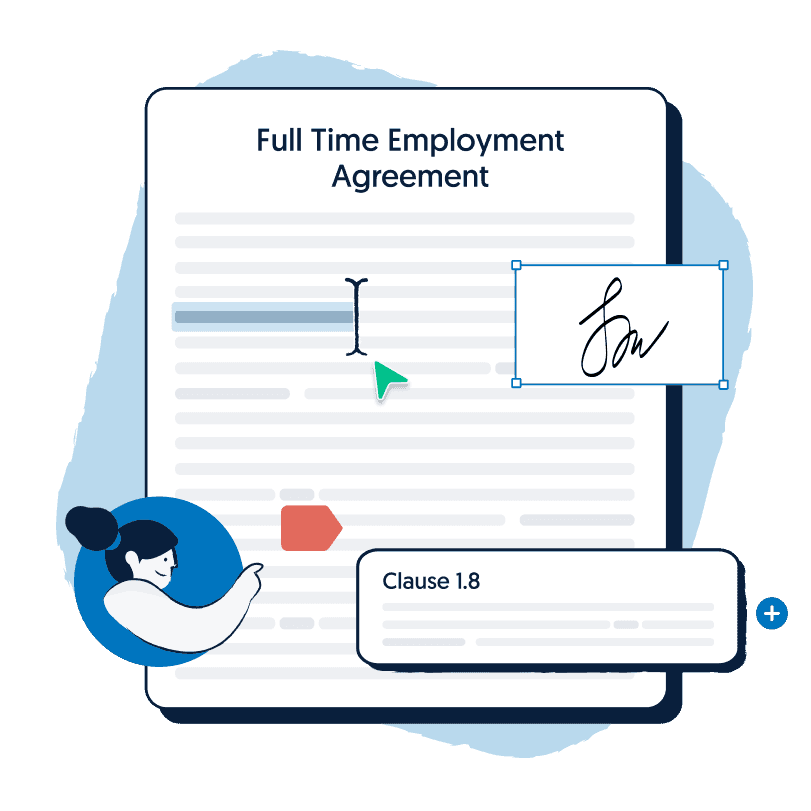One of your most important responsibilities as an employer is accounting for unexpected events. Although you may do everything you can to lower to risk that an employee gets injured on the job, sometimes this can’t be avoided. In this article, we’ll discuss what workers’ compensation and also what injury management is.
What is Injury Management?
As defined under s 42 of the Workplace Injury Management and Workers Compensation Act 1998, injury management refers to “the process that comprises activities and procedures that are undertaken or established for the purpose of achieving a timely, safe and durable return to work for workers following workplace injuries”.
This process entails the involvement of three parties: The employer, the injured worker and also the nominated treating doctor. These parties are of major focus in this process, due to the fact that they navigate the management of injury or settlement of a claim.
What is Workers’ compensation?
Workers compensation is financial assistance granted to employees who become injured or ill because of an incident at work. Further, this monetary compensation can be recognised in the forms of:
- Weekly payments to cover loss of earnings
- Lump sum payments, in case of permanent impairment
- Assistance with medical expenses
- Workplace rehabilitation assistance so that the employee can return to work
Am I entitled to workers compensation and injury management?
Under Australian law, compensation and injury management has to be provided to any worker who encounters any personal injury or disease. This also applies to an aggravation of an injury or disease that occurs:
- During the life of employment
- Due to an incident at work
- An injury that occurs gradually, due to work or from a workplace incident
- Travelling to and also from work
What can I obtain compensation for?
- Loss of earning capacity as a result of a workplace accident
- Physical and also mental injuries
- Medical, hospital and rehabilitation costs
- Dependent spouse and/or dependent children
Entitlements to injury management
The injured worker can:
- Choose a nominated treating doctor
- Choose a workplace rehabilitation provider
- Help develop a return to work plan
- Also choose treatment providers
Additionally, an employer cannot dismiss an employee (due to injury/illness) during the first six months after they have become unfit for employment. If an employee is dismissed after six months but regains fitness for employment within two years, they are able to apply to be reinstated.
Employer Obligations
All employers must have a workers compensation insurance policy. All States and Territories have enacted legislation that are very similar, with minor differences such as:
- The definition of a worker
- In what circumstances compensation is legitimate
- The amount of compensation
- Classifications of injuries and also diseases
Employers should contact their Insurer and/or the Workers Compensation Authorities in every jurisdiction where they engage individuals in work to ensure that the insurance arrangements in place are appropriate.
Provisions from different states vary and are also highly complex. Below is an example of provisions extracted from NSW legislation:
NSW
Agencies responsible for overseeing workers’ compensation in each jurisdiction as at 21 October 2019.
Policy: Workcover NSW
Premium: Workcover NSW
Claims: 7 private sector agents, 60 self-insurers and 7 specialised insurers
Governing legislation: Workplace Injury Management and Workers Compensation Act 1998 and Workers Compensation Act 1987.
Disputes: Workers Compensation Commission (WCC).
Coverage of Journey claims
Journey to and from work
- Yes (some restriction)
Journey undertaken for work purposes
- Yes
Income replacement payments: a set amount for workers who cannot earn an income because of a work-related injury.
100% wage replacement (no. of weeks)
- 26
Minimum amount
- > 26 weeks: the lesser of 90% Average weekly earnings (AWE) or $321.10
Medical treatment benefits
Maximum amount for medical treatment:
- No limit. Medical expenditure above $50,000 requires regulatory approval.
Permanent impairment thresholds and entitlements as at 21 October 2019
Percentage of impairment
- Physical injury 11%, Primary psychological injury 15%
Lump Sum
- $584,580 (plus additional 5% for permanent impairment of the spine)
Additional
- Maximum amount of $50,000 for pain and suffering
Death entitlements
Lump sum
- $816,850)
Weekly payments/child
- $146.20
Funeral
- $15,000
Still unsure if you’re eligible for compensation? Ask one of our lawyers here.







